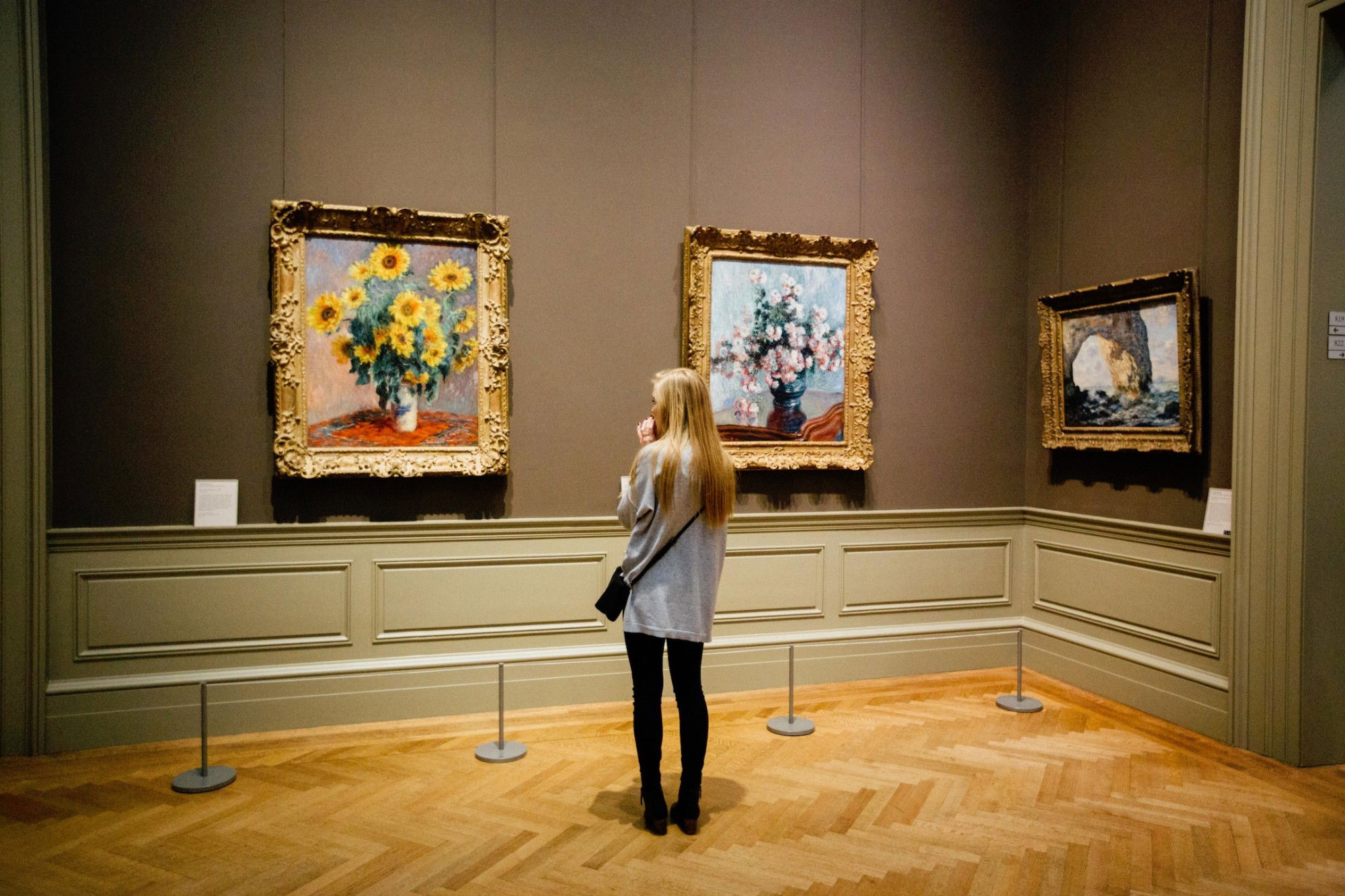Investing in Art

Investing in art requires a bit of knowledge and research. Art doesn't have a publicly traded price, so it's important to educate yourself on the process. It's also a subjective investment that can rise or fall in value. In addition, if you're a new investor, you should give your portfolio time to mature before investing in art. However, art investments can be a fun way to diversify your portfolio.
One of the most important steps in investing in art is finding a piece you're passionate about. You don't want to invest in something that you'll only look at and enjoy for a few years. It's also important to select works that appeal to you and don't bore you. There's no point in purchasing a painting you don't like. That would rob you of half the fun of investing in art. Another step towards making an art investment is to establish a professional network. Attending art fairs and auctions is a great way to build a contact base with art dealers and artists. Those who are successful art investors generally have a passion for art and are often frequent visitors to art galleries. Check out this resource for more art investment options.
Investing in art can be rewarding for experienced and new investors alike. Just make sure you're patient, because it may take several years to see a return on your investment. As an investor, you'll have to hold on to the art you've purchased for a long time. It's not as easy as flipping a house or investing in stocks. You'll have to wait for the art to appreciate, and there are no guarantees.
If you're looking for a way to invest in art, you should look into online auction houses. Auctions can be an excellent way to buy unique artworks at a fraction of their retail value. However, be prepared to pay a buyer's premium, which can be up to 30% of the hammer price. By doing thorough research, you can ensure that you buy a piece that appeals to you and your pocket.
After you've determined how much you're willing to invest, you can begin the buying process. The first step is to research the market and find the best artists and works of art for your tastes. You can also visit local galleries and chat with curators to get a feel for the market. When making an offer, make sure to be firm about the price. Once you've purchased the art, keep it well-maintained, read more about this here to get more information on the best art investments.
Investing in art is a great way to diversify your portfolio. According to a recent Knight Frank report, 67 percent of investors surveyed said they had a passion for art and wanted to diversify their portfolios further. Despite the weak economy worldwide, art sales rose 4 percent in 2015, the highest number ever recorded. If you probably want to get more enlightened on this topic, then click on this related post: https://en.wikipedia.org/wiki/Art_market
